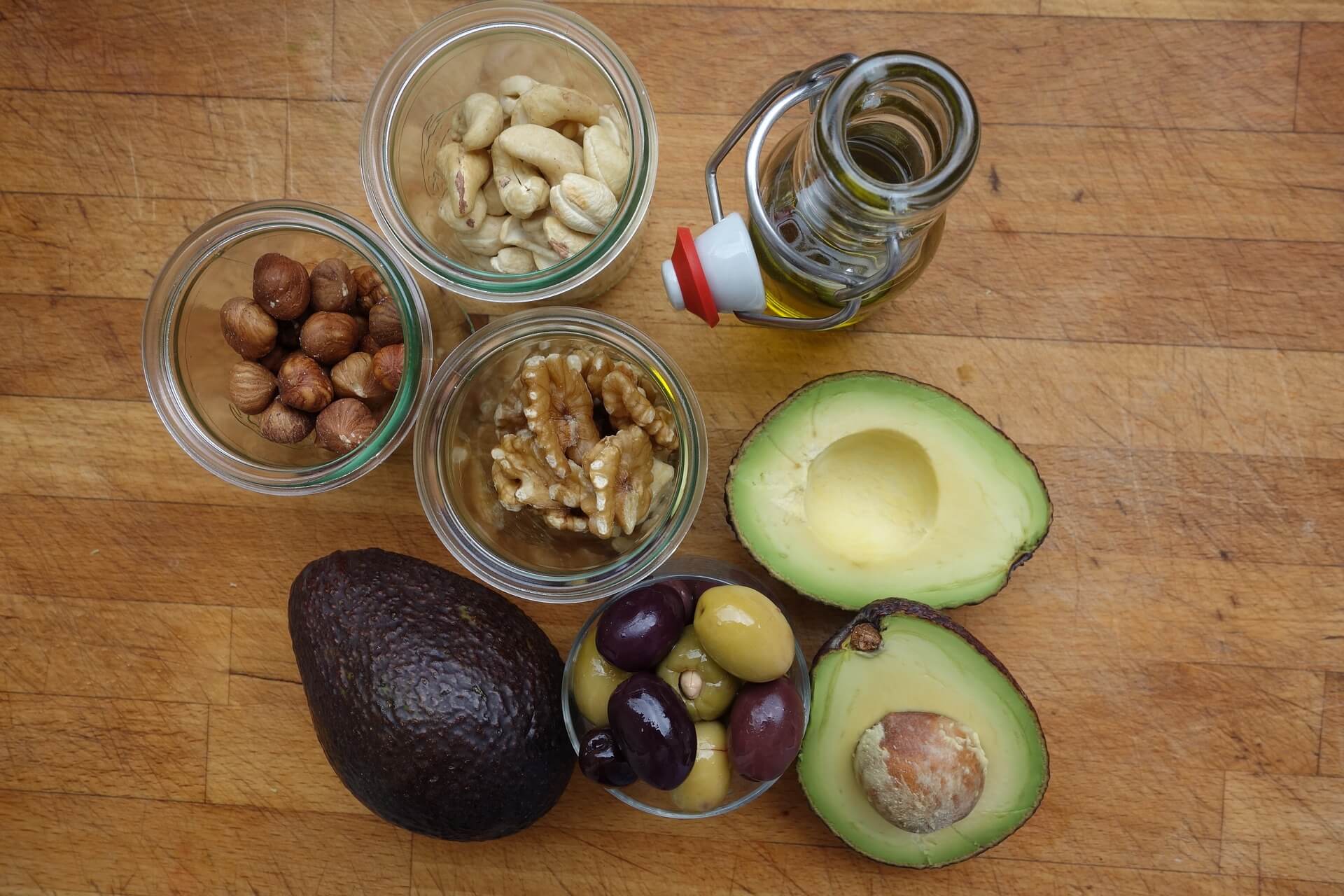
ESSENTIAL FATTY ACIDS
Starter substance in metabolism
ESSENTIAL FATTY ACIDS AND THEIR IMPORTANCE FOR THE HUMAN ORGANISM
Fats and oils contain various types of fatty acids. They are divided into saturated, monounsaturated, and polyunsaturated fatty acids. Saturated fatty acids are mainly found in animal foods such as meat and sausages. Monounsaturated fatty acids are mainly found in vegetable oils. Polyunsaturated fatty acids are divided into Omega-3- and Omega-6 fatty acids. They belong to the essential nutrients. Since they cannot be produced by the human organism itself, they must be constantly supplied through food. As essential components of all cell membranes, Omega-3- and Omega-6 fatty acids are important for cell growth and regeneration. They are also found in vegetable oils such as borage, perilla and grape seed oil as gamma linolenic, alpha linolenic and linoleic acid; linoleic acid being the "parent substance" for the formation of higher-value unsaturated fatty acids such as alpha and gamma linolenic acid.
ALPHA-LINOLENIC ACID
The seed oil of the perilla, which comes from Southeast Asia, is characterized by a high content of alpha linolenic acid. This essential fatty acid belongs to the Omega-3-fatty acids and contributes to the maintenance of a normal cholesterol level in the blood, but only if at least 2 grams of alpha-linolenic acid are supplied per day in total.GAMMA-LINOLENSÄURE
Gamma linolenic acid belongs to the group of omega-6 fatty acids and is mainly found in vegetable oils such as evening primrose oil and borage oil. Whereby Borretsch oil contains approx. twice as much gamma linolenic acid as evening primrose oil. Studies indicate that the gamma linolenic acid seems to counteract the dehydration of the skin and can thus delay the formation of wrinkles in the skin.
